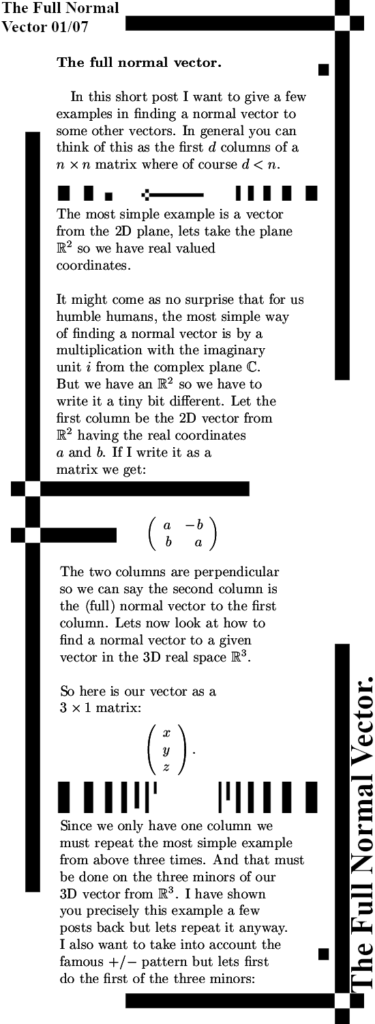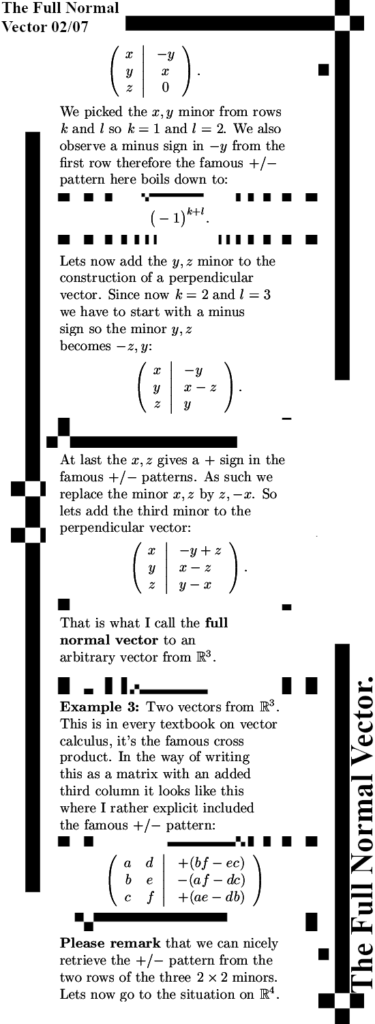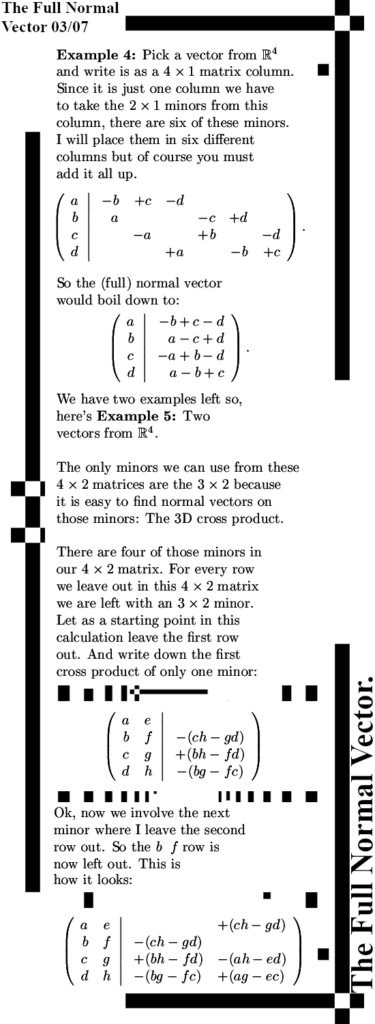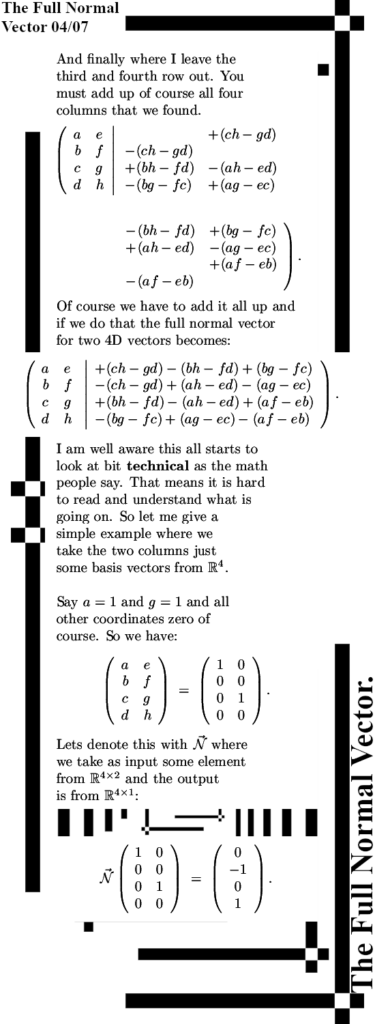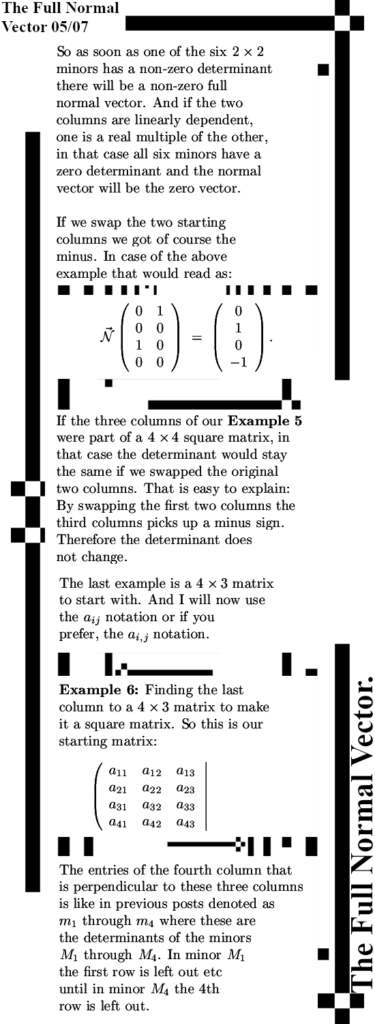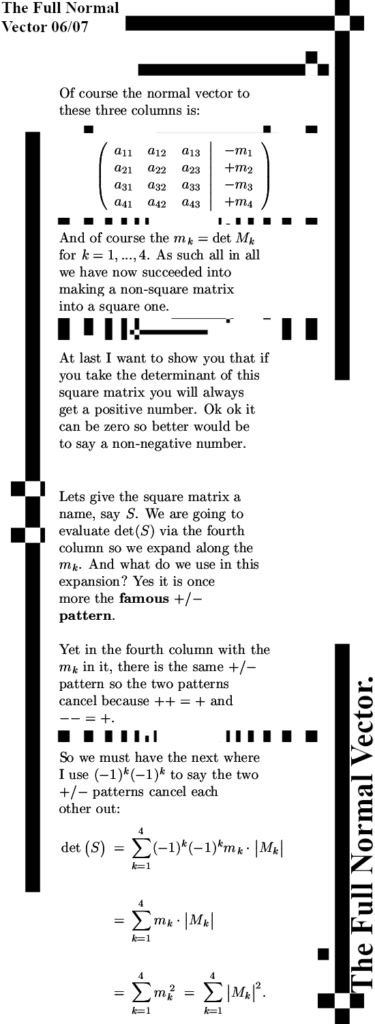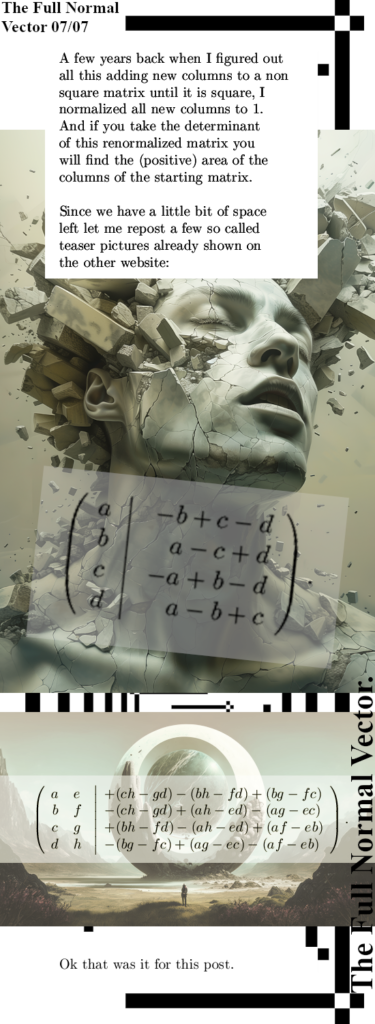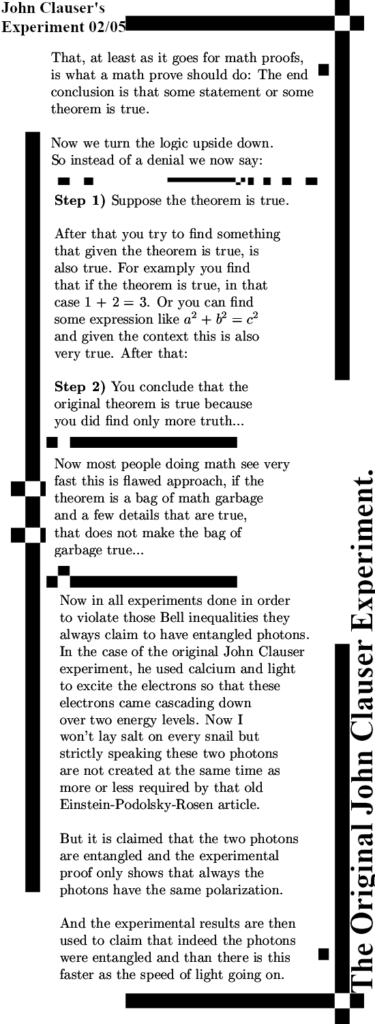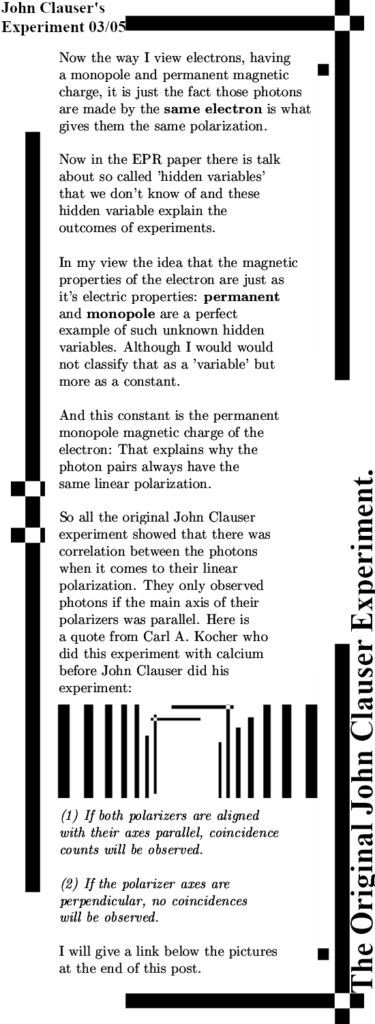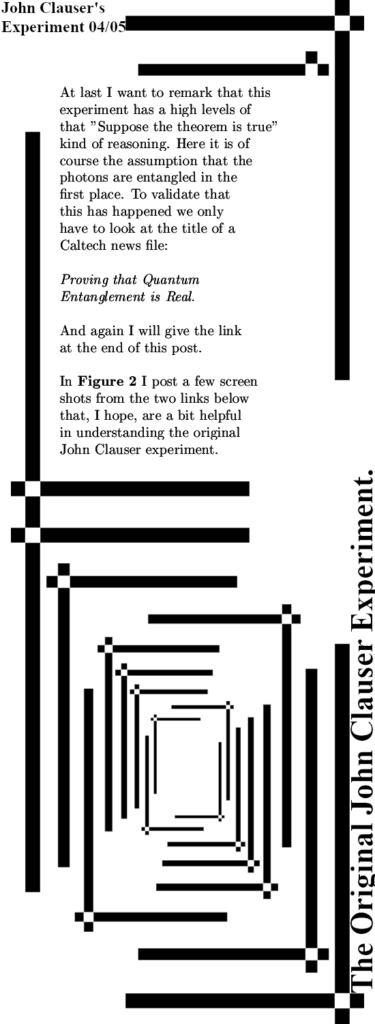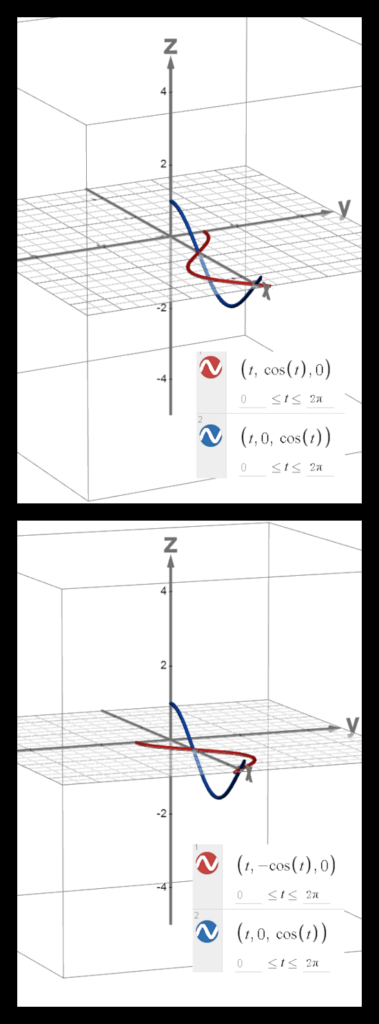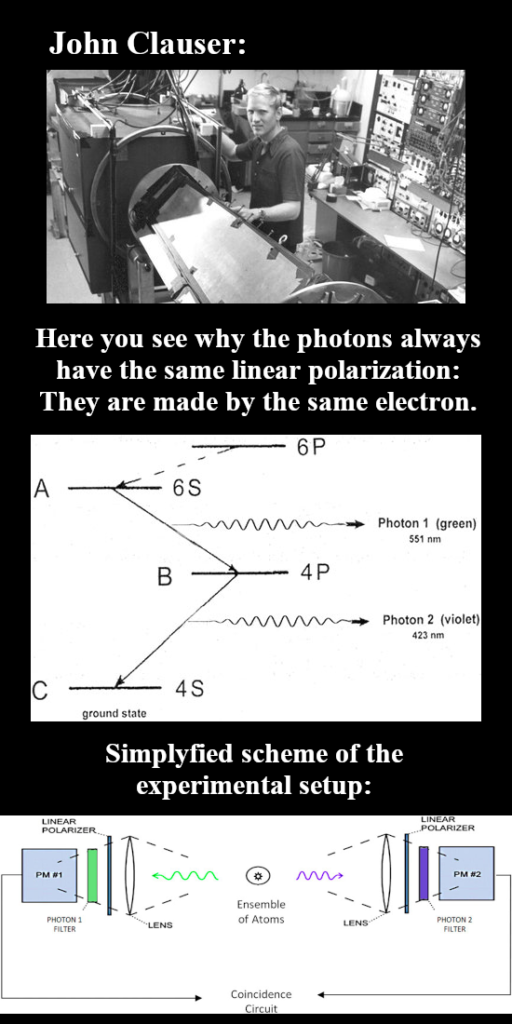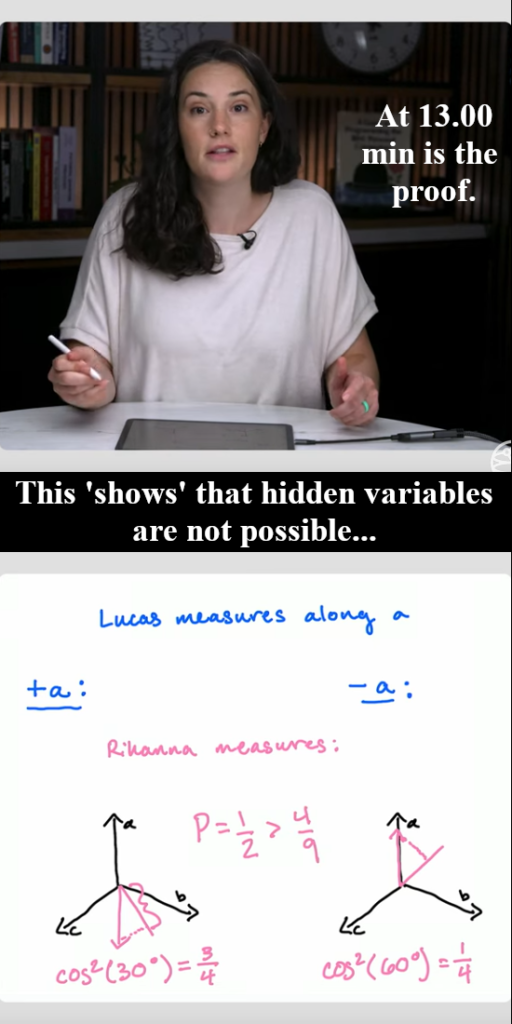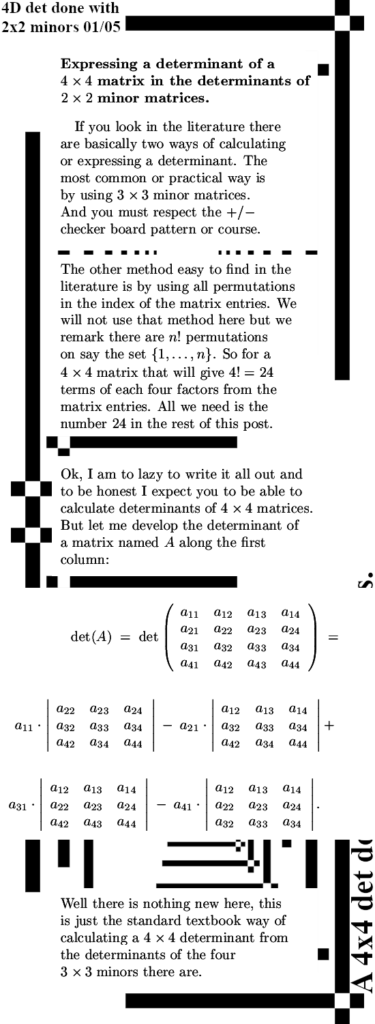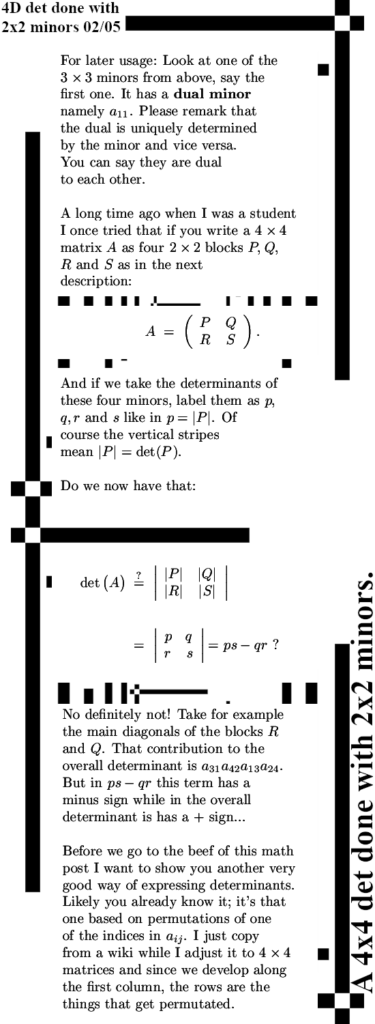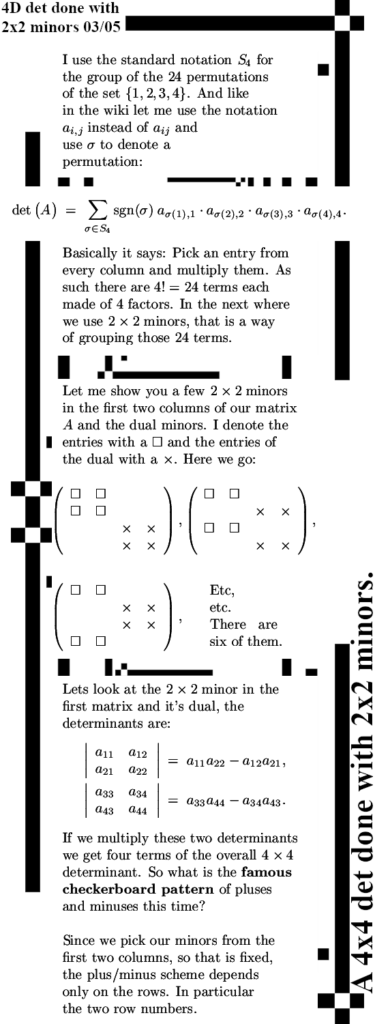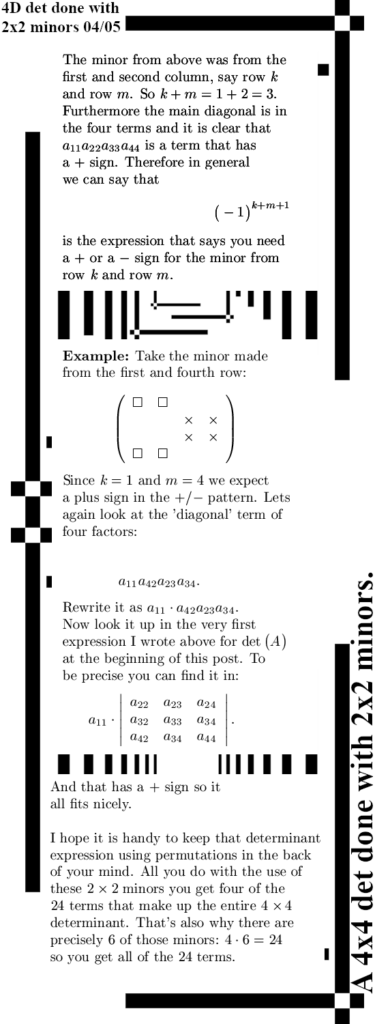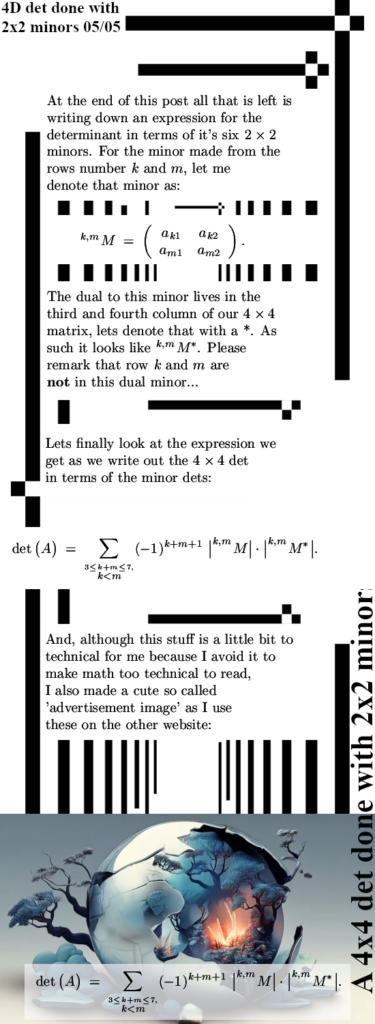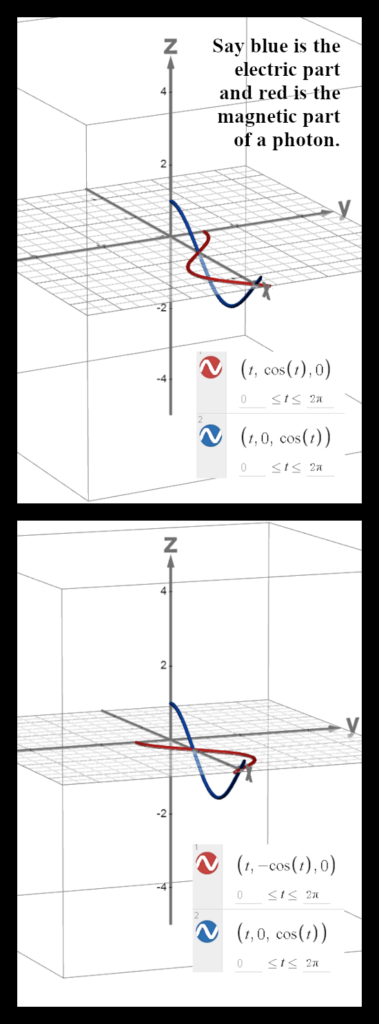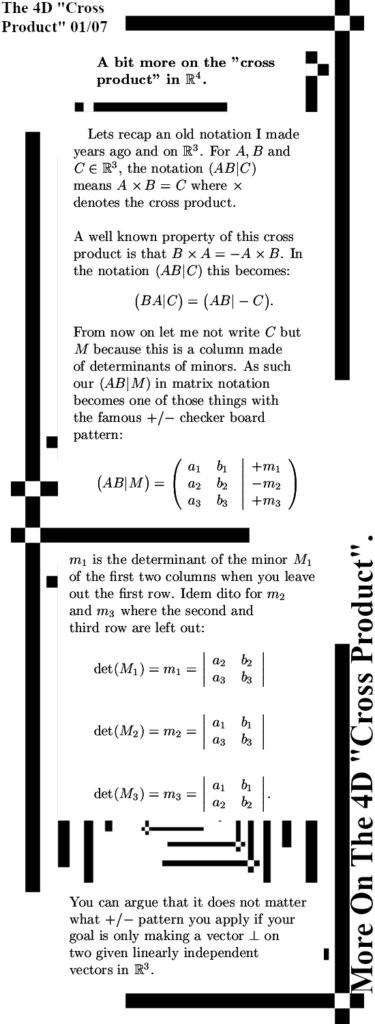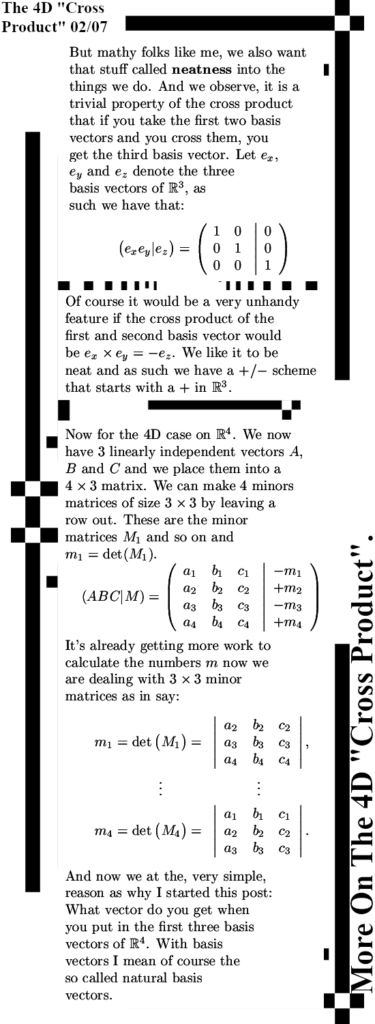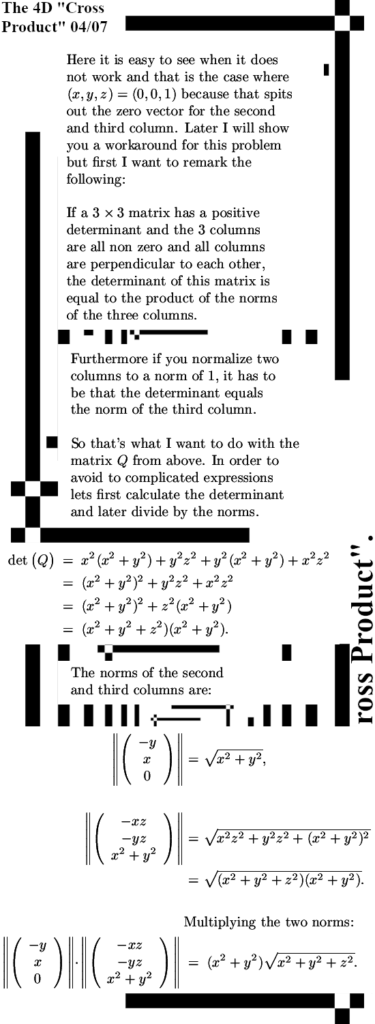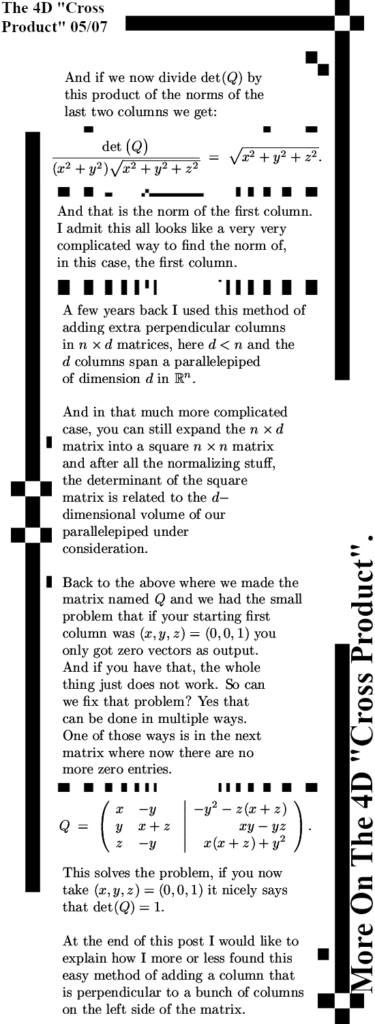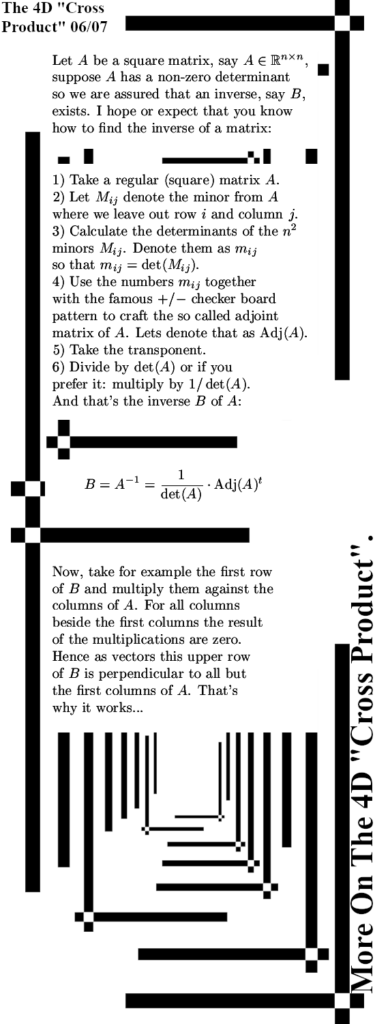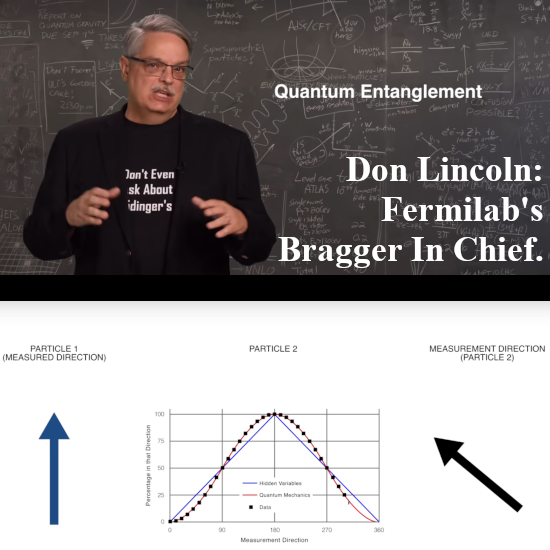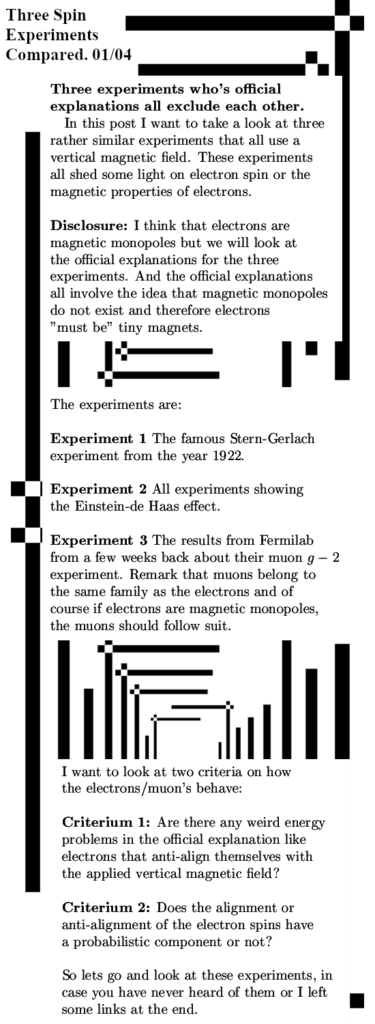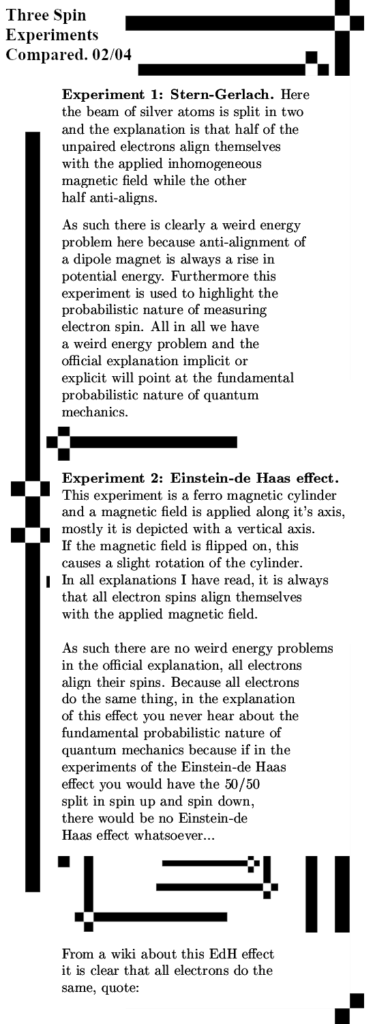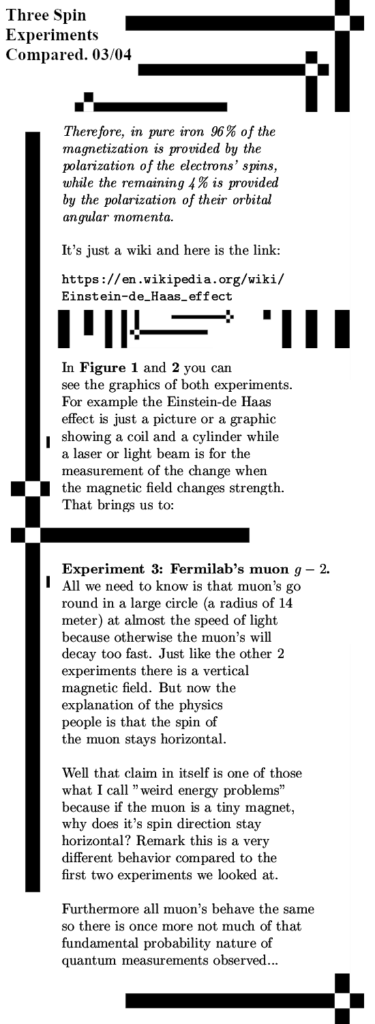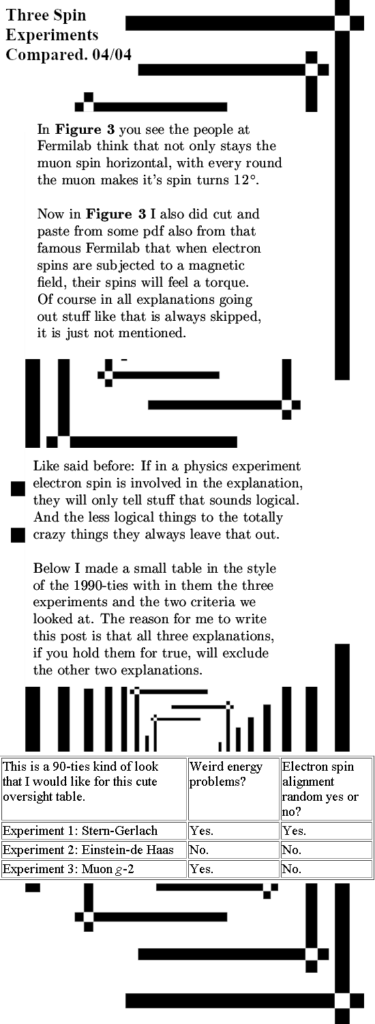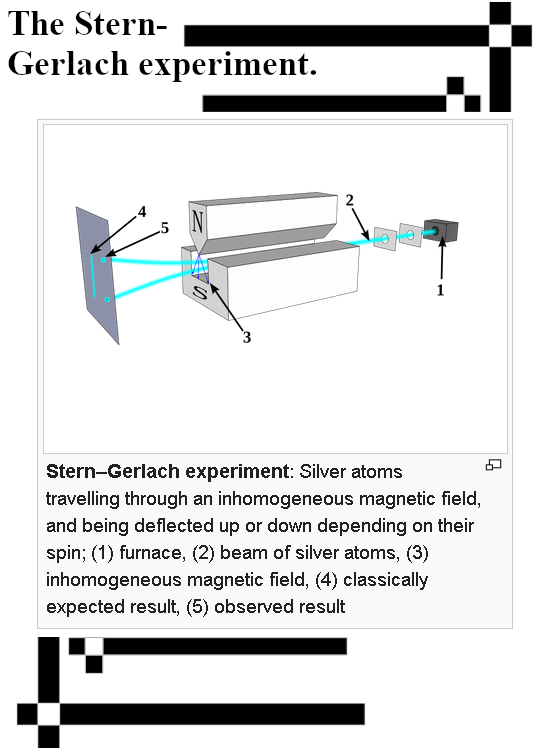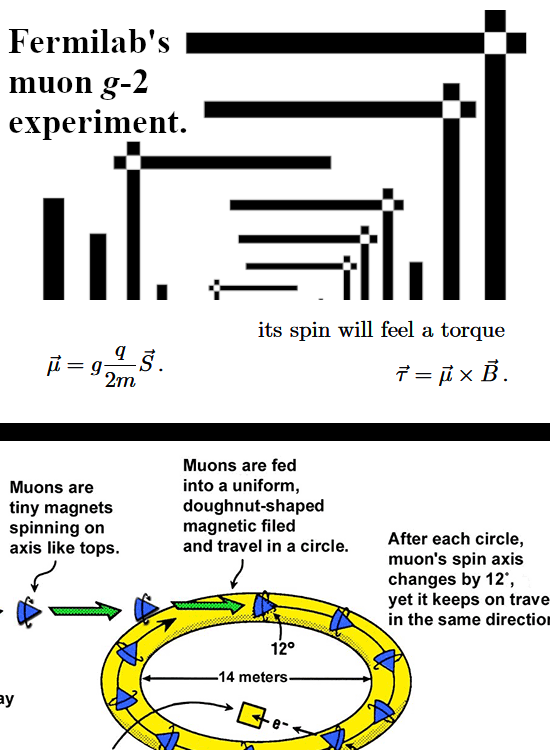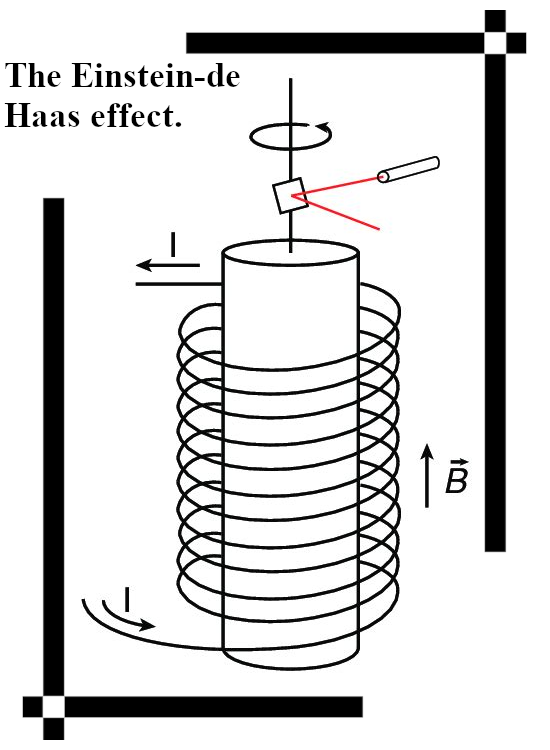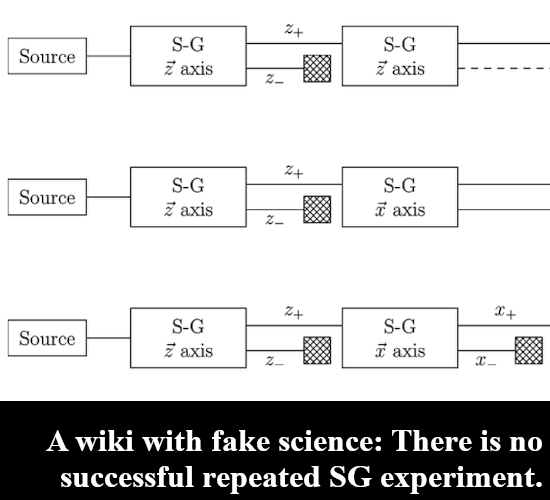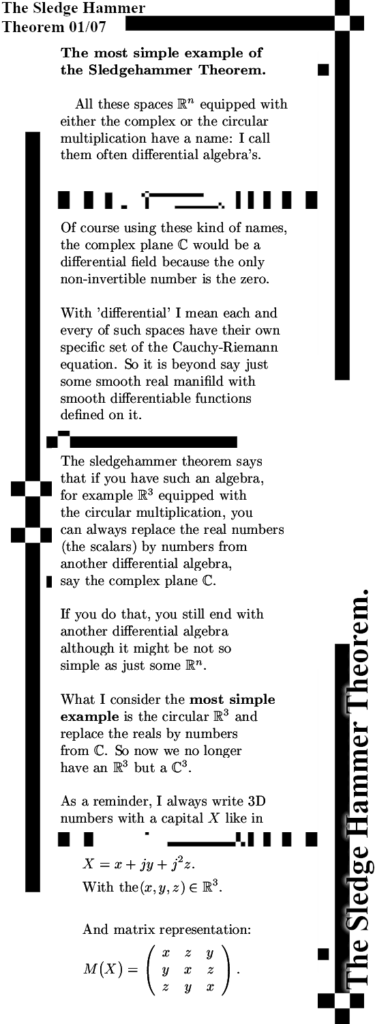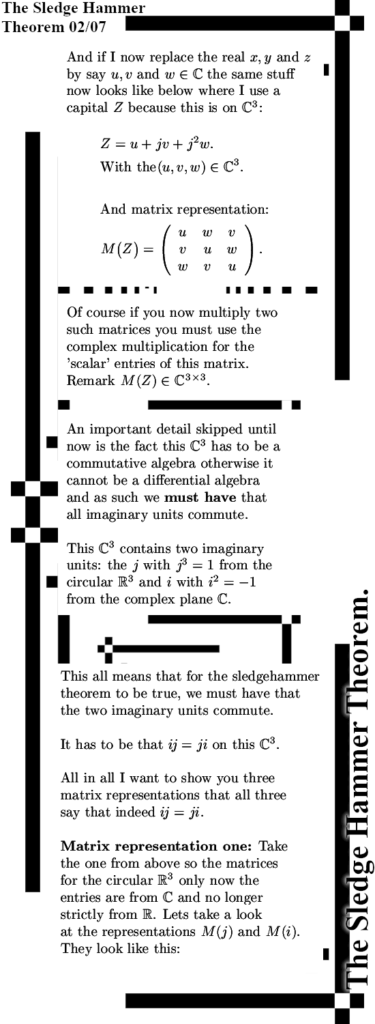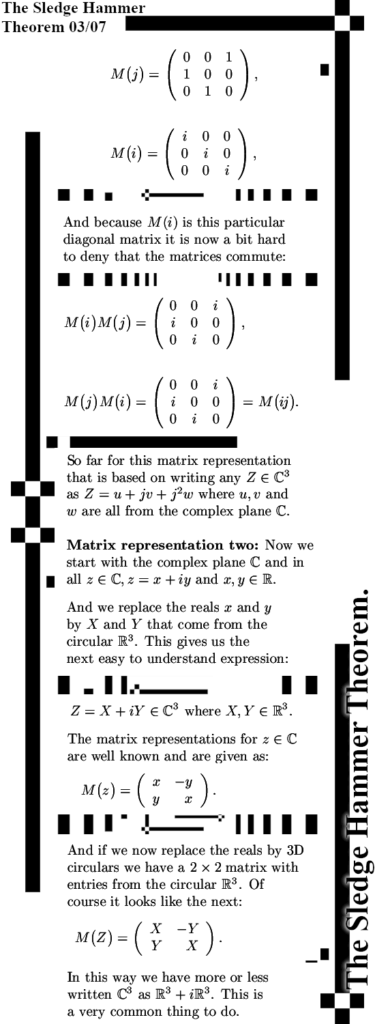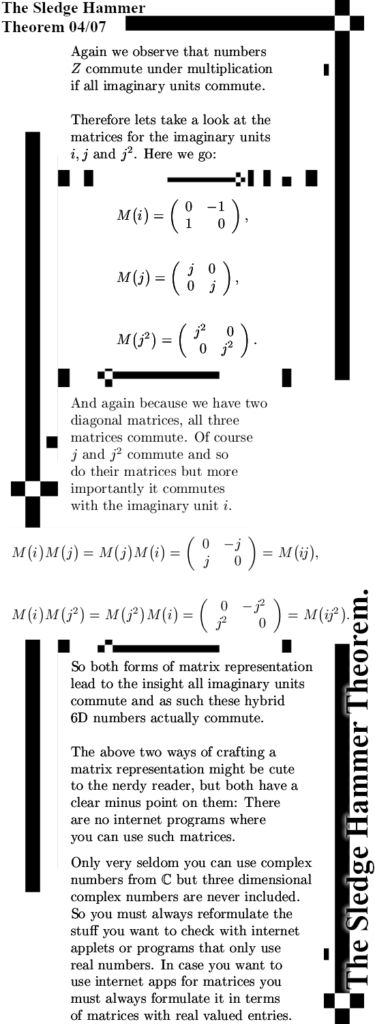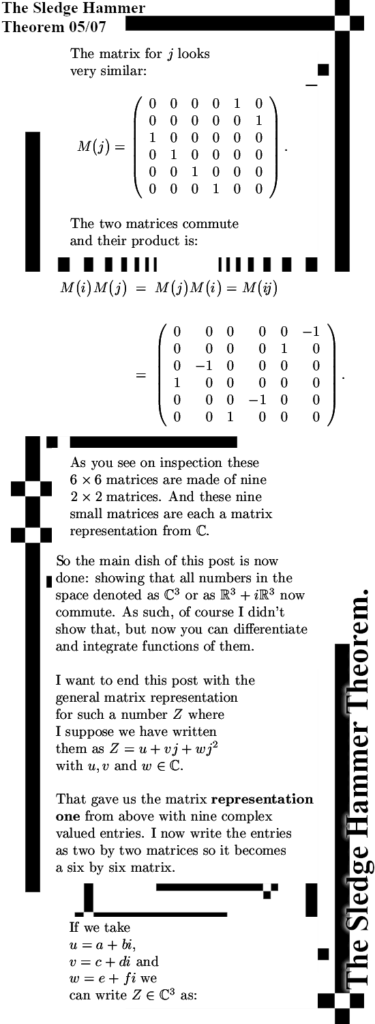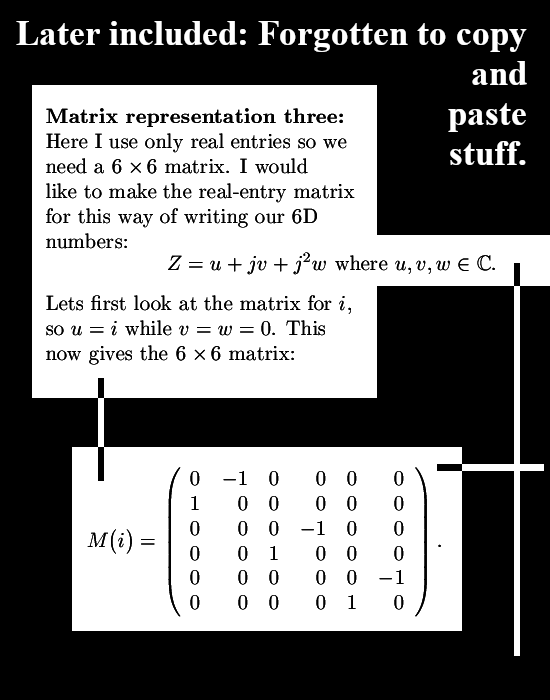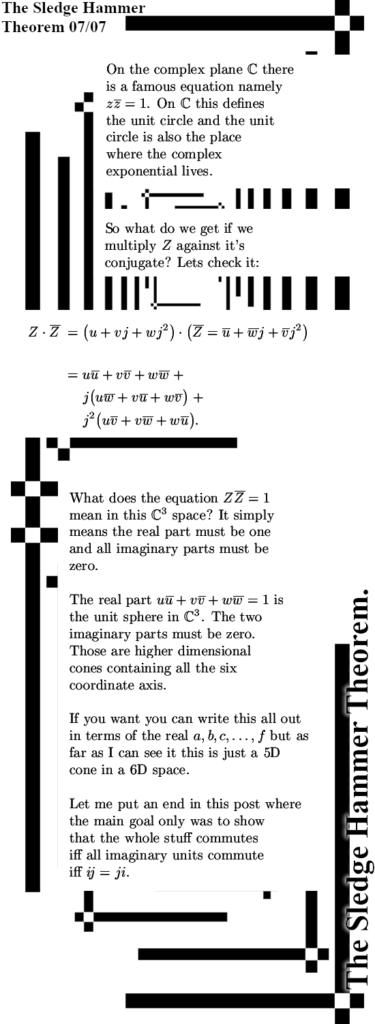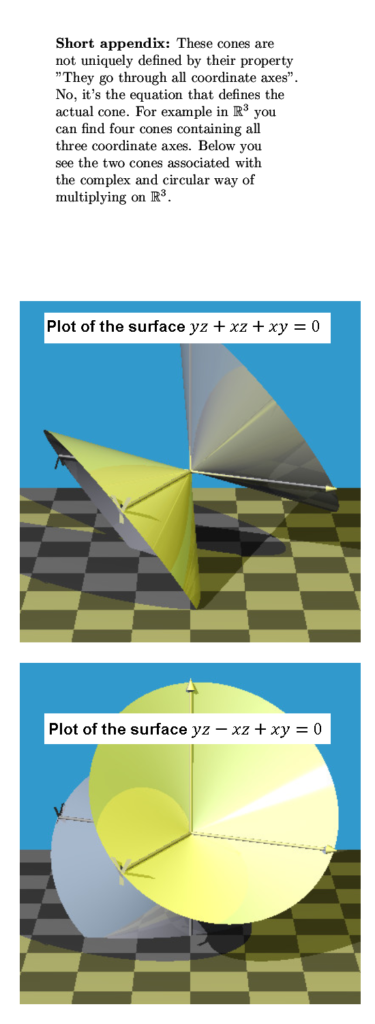If you have never looked at these kind of devices, if you want to understand the problem of the anomalous electron transport you can look in figure 01 below. Or look it up on the internet, van Hall thrusters are at present day a common tool or device in satellites. These ion thrusters need much less propellant compared to chemical thrusters for keeping the satellites in their orbit.
This post is based on an article on some Japanese website on these kind of space devices. It seems that there is much more electron loss along magnetic field lines as their collision models predict. According to their publication it is up to three orders of magnitude higher as their expectation, that is up to a 1000 times too much. And although their article never says it explicit: of course they make use of the electron as a tiny dipole magnet and as such it is neutral to magnetism.
In my understanding of reality that is crazy as hell, why should an electron have only one magnetic charge and two magnetic poles? But electrons being tiny magnets is a deep held belief inside the physics community and that is why observe so many totally crazy explanations when the magnetic properties are a part of the explanation of some set of observed properties.
For example in the case of the explanation of the Stern-Gerlach experiment it is the anti-alignment of the electrons with the magnetic field that explains the split in two beams. And of course when explaining the SG experiment they often tell you about the fundamental probabilistic nature of measuring electron spin and therefore the probabilities of a neutral silver atom going up or down is 50%. We are the 5-sigma science, nothing beats us!
But if the same people have to explain the Einstein-de Haas effect, that is also something with electron spin and a vertical magnetic field, now the explanation is always that all electrons align their bipolar spin because they
feel a torque because of the applied magnetic field. So now the logic is all electrons do the same while in the SG experiment it is the fundamental probabilistic nature that explains the experimental results.
If you use the not so hard to understand idea that the electric and magnetic properties of the electron are the same, as such electrons are permanent magnetic monopoles just as they are electric monopoles, if you use that idea stuff like electron pairs make much more sense: They pair up because they have opposite magnetic charges and that’s why the electron pair is neutral under (weak) magnetic fields.
As a funny side note, if you look at the official explanation for the above two mentioned experiments, those explanations are always a combination of things that sound or look logical. But over the different experiments it is always some stuff with electrons and a vertical magnetic field, so the explanations should not differ so very much (from 100% alignment because of torque to 50/50% alignment because of the fundamental probabilistic nature of measuring electron spin. If you look at it, it looks a lot like those modern Large Language Models or LLM’s work: When an LLM gives you an answer all of it is made up stuff. Some parts are true and some parts are just untrue and a whole lot of in between stuff. But the LLM’s can’t tell what part is true and what part is a bit less truthful. It just sound logical like the explanations from physics professors when they explain this or that experiment.
But enough of the talk, this post is just 4 images long and there are two additional figures. If you don’t know how van Hall thrusters work, look that up in figure 01 or find something on the internet for yourself. In figure 02 I included a picture of the earth magnetic field and the solar wind because that is another down to earth simple example of how electrons move along magnetic field lines. Ok, let me hang in the pictures and I made a small error with the ‘countdown’ number, it should read 01/04 instead of 01/05 but I leave it as it is and won’t repair it:


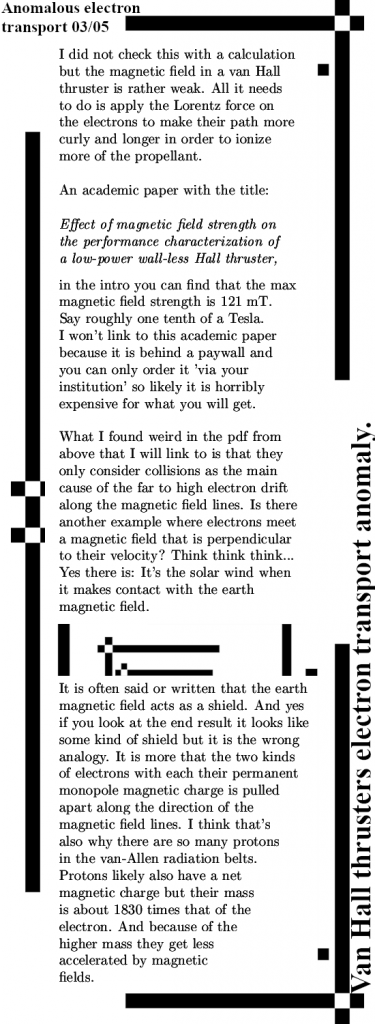
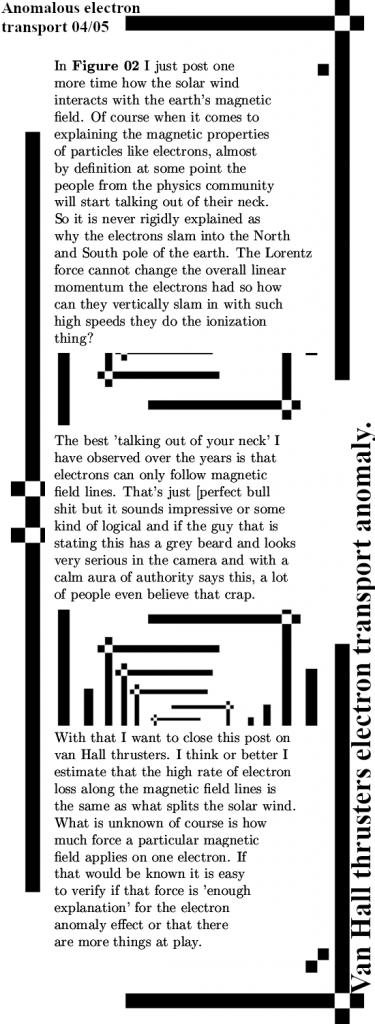
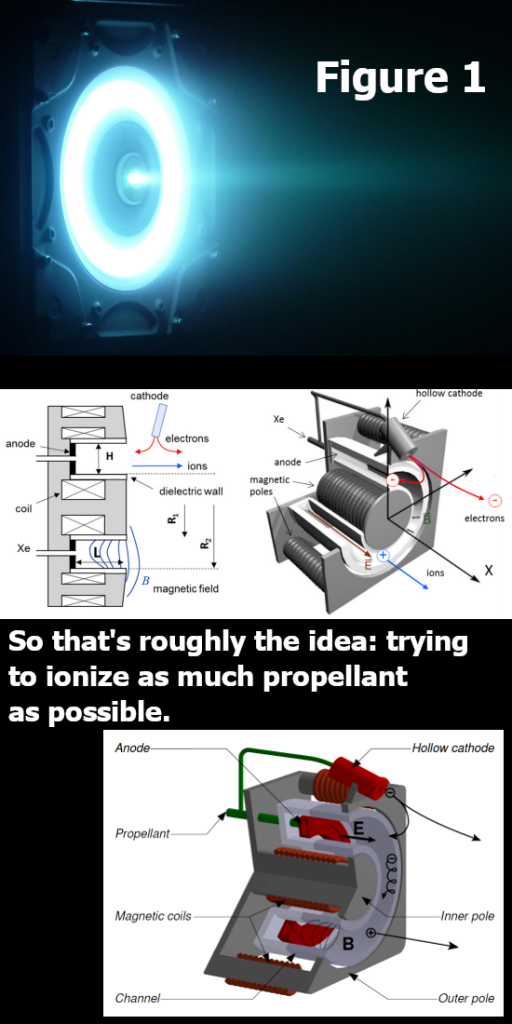
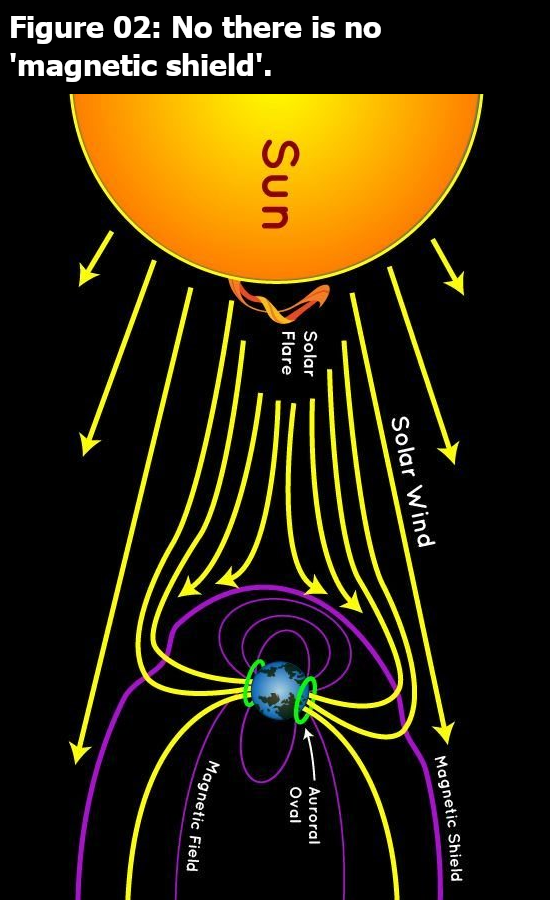
Ok this post was more or less based on just one pdf, here it is:
Pdf article:
Anomalous Electron Transport in Hall Thrusters:
Electric Field Fluctuation Measurement.
Link used: https://www.jstage.jst.go.jp/article/tastj/19/1/19_19.81/_pdf
Ok that was it for this post, let me try to publish it via the method of hitting the ‘Publish’ button. Thanks for your attention and see you in a new post.
